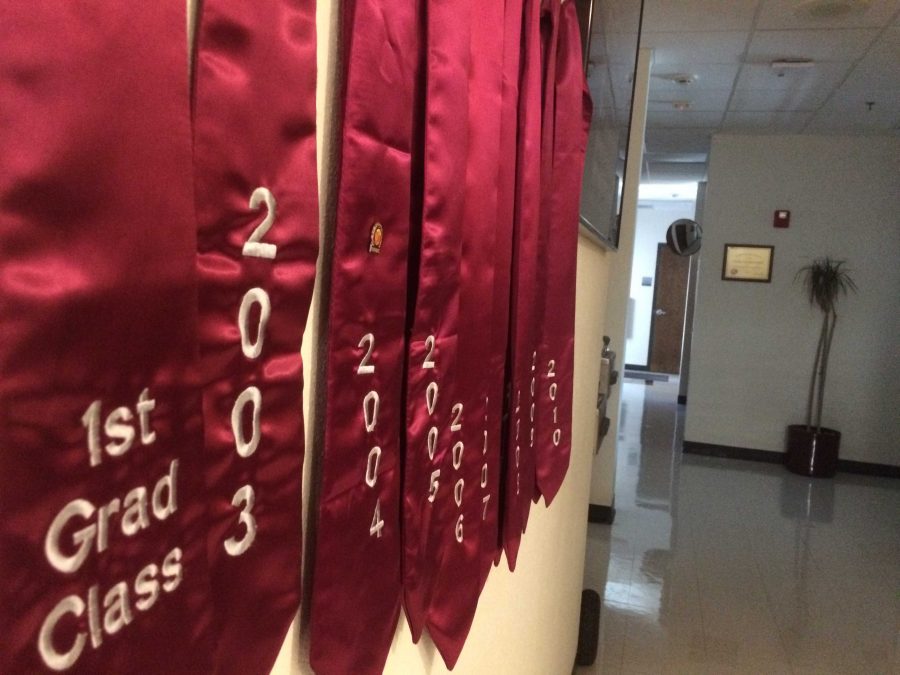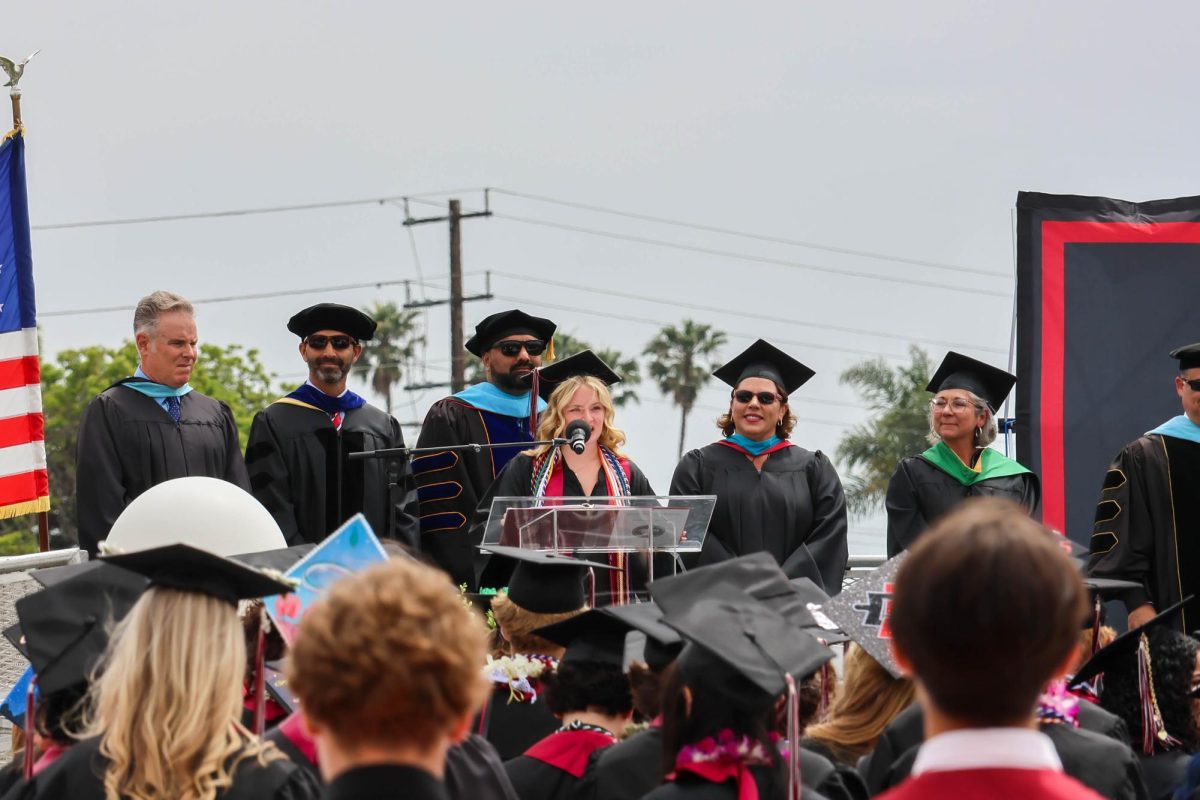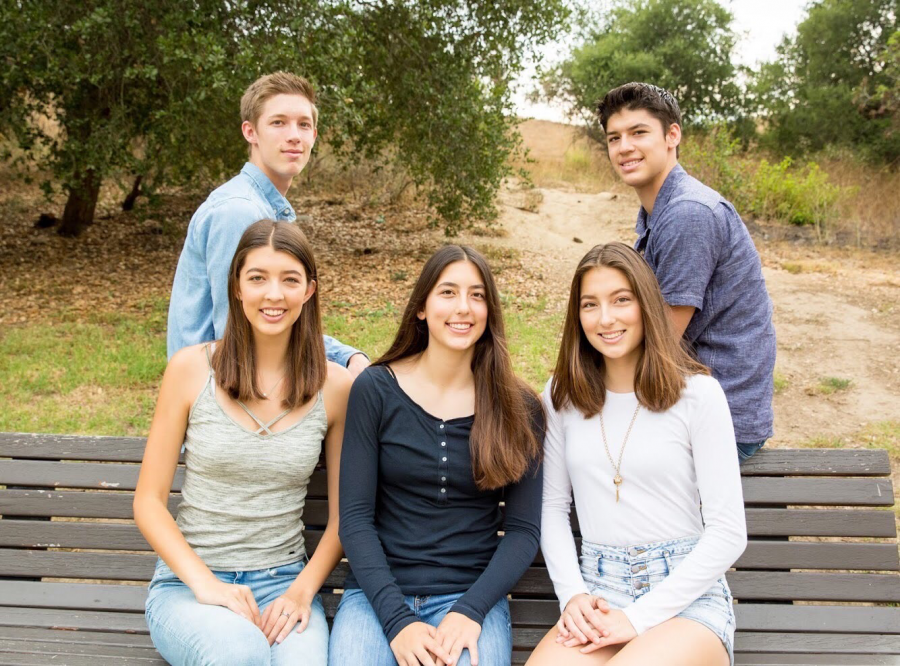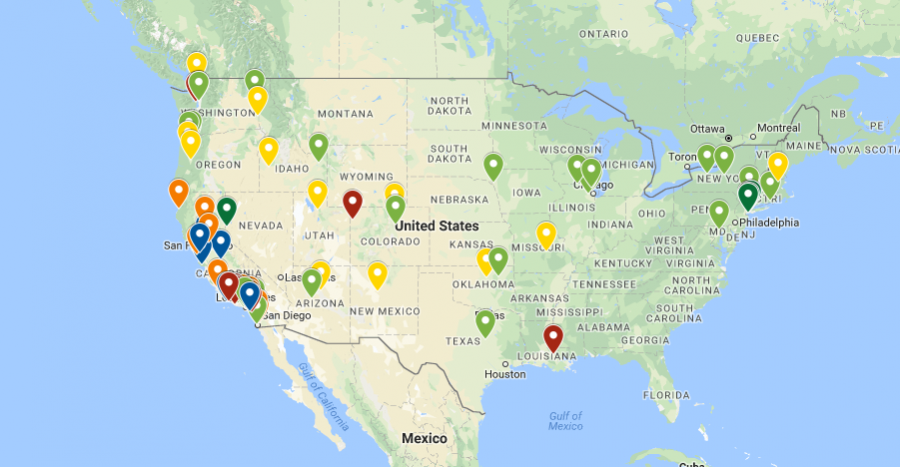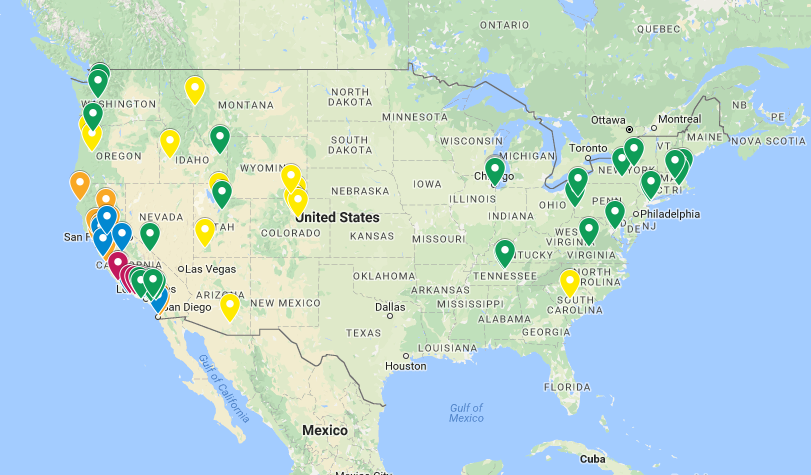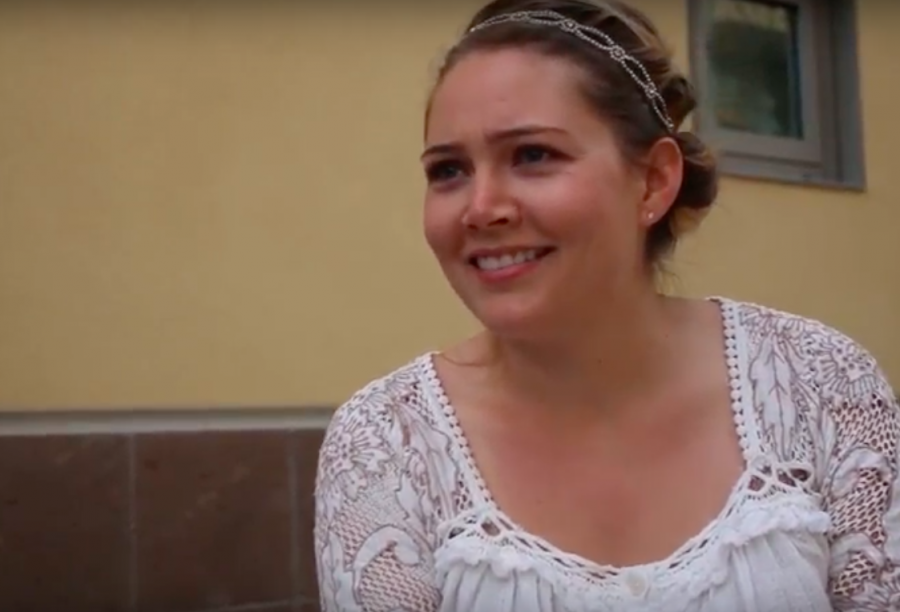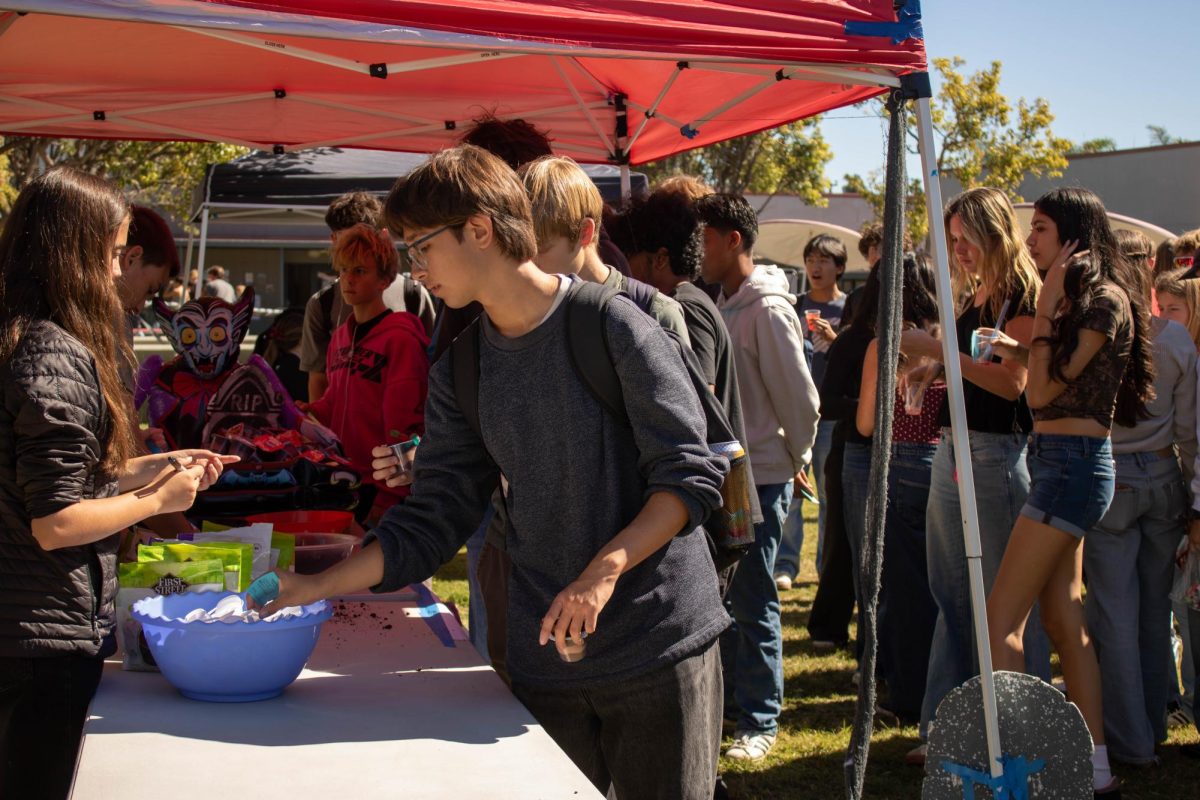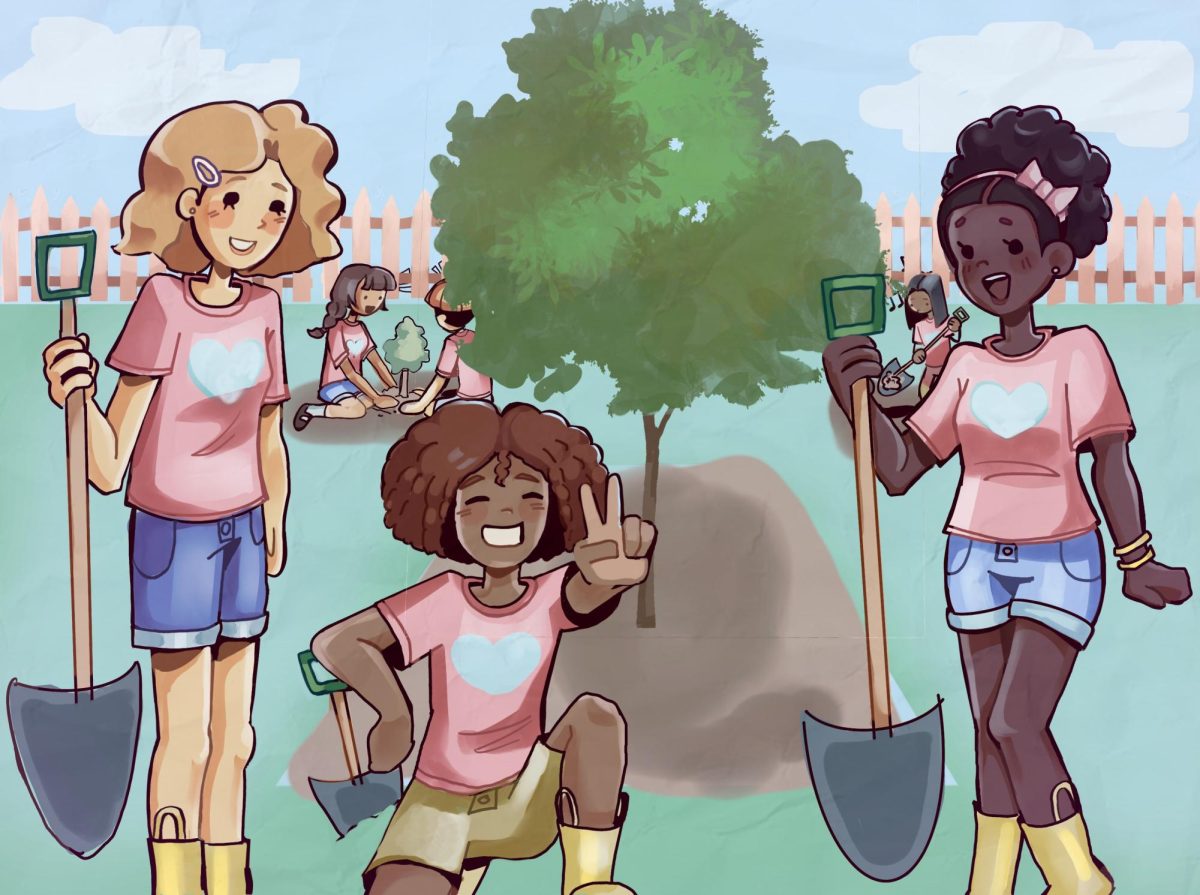Founded in 2000, Foothill had a humble beginning as a new magnet public high school. Despite only having been open for 16 years, Foothill has achieved a level of recognition that few other schools, old or new, can offer. But besides the academic prestige the school has developed, what are the stories that shaped the campus’ legacy?
Foothill’s beginning lies between the campus students are familiar with today and the Ventura College campus. In the first year, students would have to cross Day Road in between periods, as portable classrooms were used for some classes before the campus was completed. As the campus neared completion, the beginnings of the unique Foothill culture that is ingrained in the school’s current identity would emerge.
The beginning of a culture
Science teacher John Weldele has taught at Foothill since the very beginning, and noticed the change in reputation since the school’s origin, so students were often unsure of what they would gain from attending Foothill. Weldele also noted the change in the atmosphere, stating that students have become more stressed over the years.
“There is also maybe a little bit more of a countercultural spirit to the school at the very beginning, instead of having prom and Winter Formal, the school had what they called ‘Morp,’ it’s kind of like an anti-prom, where it was a big dance, but wasn’t so formal attire. A little more relaxed, what not,” Weldele recalled.
“I think students now are under a lot more pressure, some of it put on themselves, top students taking more AP classes, more of a relaxed environment back in the start.”
English teacher Jennifer Kindred, who joined Foothill during the 2003 school year, noticed how the students, though separated in years, were largely remained the same.
“I was looking for the nerdy students, I found them,” Kindred recalled. “I think it’s pretty much the same.”
Foothill alumnus and Spanish teacher Josiah Guzik joined Foothill his sophomore year, after attending Buena as a freshman.
“My whole freshman [year], I called Bova begging him to let me in,” Guzik said.
“Foothill was a great place for me, felt like as soon to Foothill it felt like home, […] I felt like it was okay to be just a normal kid who cared about school but wasn’t playing sports, I didn’t feel like I was excluded at all, it felt like everyone welcomed me into the school.”
The student and teacher populace
Despite years of separation from the first alumni to today’s freshman, teachers such as Kindred and Guzik note how the students are still roughly the same.
“I still think the students are awesome, I think that Foothill does an awesome job at accepting students that are different, students are open to be who they want to be, and I think that it’s even more open minded now than it was when I was a student,” Guzik said.
“Definitely more diverse, and there’s more students who feel free to be themselves than before,” Guzik continued.
“Even though the students were a little different at the beginning, I think it’s always been a great student body that has bought into what we’re trying to do, and has created a really good culture at the school that’s been fun to be part of,” Weldele said.
[soundcloud url=”https://api.soundcloud.com/tracks/283200641″ params=”color=ff0000&auto_play=false&hide_related=false&show_comments=true&show_user=true&show_reposts=false” width=”100%” height=”166″ iframe=”true” /]
The students were not the only integral part of shaping the school’s identity – the teachers and faculty also played a large role.
“The main thing that felt innovative to me was just that teachers cared. […] I felt like they trusted the students,” Guzik said.
“I remember Mrs. Eulau’s class feeling really innovative, we did this reenactment of the French Revolution,” Guzik said, “and it was nothing like I had ever done in any other history class.”


